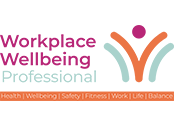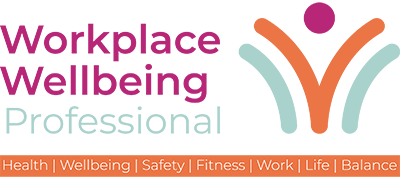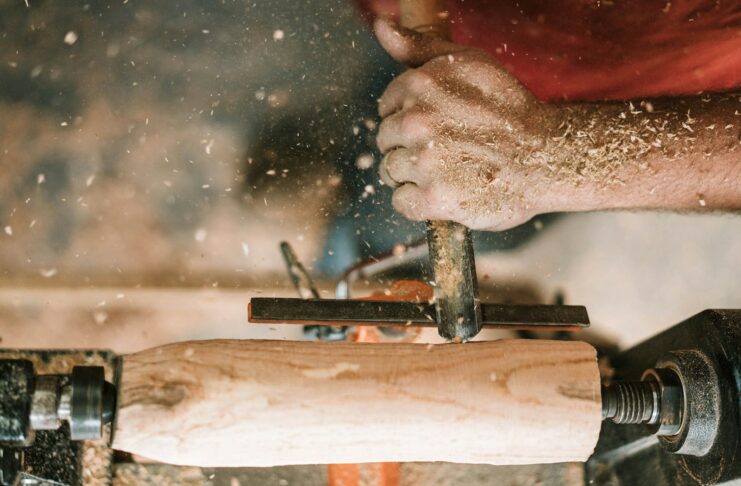Legal experts are urging employers to address hidden cancer risks in the workplace, after studies revealed that workers exposed to wood dust may be up to 45 times more likely to develop a rare but aggressive form of cancer.
Simpson Millar, a UK law firm specialising in medical negligence and personal injury, has highlighted the dangers ahead of World Head and Neck Cancer Day on 27 July. The firm is calling for greater awareness of occupational risks in trades such as furniture making, joinery and carpentry, where long-term exposure to wood dust has been strongly linked to sinonasal cancer – a type of head and neck cancer affecting the nasal cavity and surrounding airways.
“Head and neck cancer is one of the most preventable types of cancer we see, which makes awareness all the more important,” says Kate McCue, senior associate solicitor at Simpson Millar. “Many of the risks such as smoking, alcohol use and HPV are well understood, yet the public conversation around them is still far too limited.”
McCue adds that wood dust exposure is still largely overlooked despite being officially classified as a Group 1 human carcinogen by the International Agency for Research on Cancer (IARC). “We regularly act for people whose symptoms were overlooked or dismissed, sometimes for months or even years. By the time they receive a diagnosis, their cancer has progressed significantly. Earlier intervention could have made all the difference.”
Trades at Risk
Sinonasal cancers are rare, but research shows that wood dust exposure increases the risk of sinonasal adenocarcinoma by 15 to 45 times. The jobs most commonly affected include:
- Furniture makers and cabinetmakers
- Carpenters and joiners
- Boatbuilders and pattern makers
- Wood machinists and sawmill workers
- Timber yard workers
Anyone who regularly sands, cuts or shapes wood, especially in enclosed or poorly ventilated spaces, may be at heightened risk.
Exposure to other workplace substances – such as formaldehyde, leather dust, nickel compounds and some solvents – is also associated with cancers affecting the throat, voice box and other parts of the head and neck.
Employer Responsibility
Under UK health and safety law, employers are required to carry out risk assessments and protect workers from exposure to hazardous substances. For employees in woodworking or construction, this includes using appropriate respiratory protective equipment, providing proper extraction systems and ensuring good ventilation.
Occupational health surveillance should also be considered for at-risk workers, particularly if symptoms arise.
Simpson Millar is encouraging workers and employers alike to take symptoms seriously – especially those affecting the nose, throat or sinuses – and to seek urgent medical advice if they persist for more than two to three weeks. Symptoms may include:
- A blocked or congested nose (especially on one side)
- Repeated nosebleeds
- Facial pain or swelling
- Lump in the neck or under the cheekbone
- Persistent nasal discharge or loss of smell
- Earache or pressure in one ear
Left undiagnosed, sinonasal cancers can progress rapidly, making early intervention essential.
“Better education and awareness mean more people could take steps to reduce their risk – and crucially, spot early warning signs before the disease progresses,” McCue adds.


